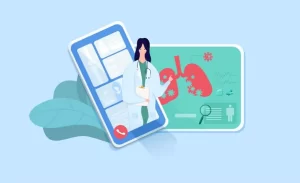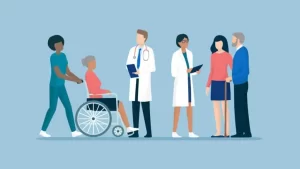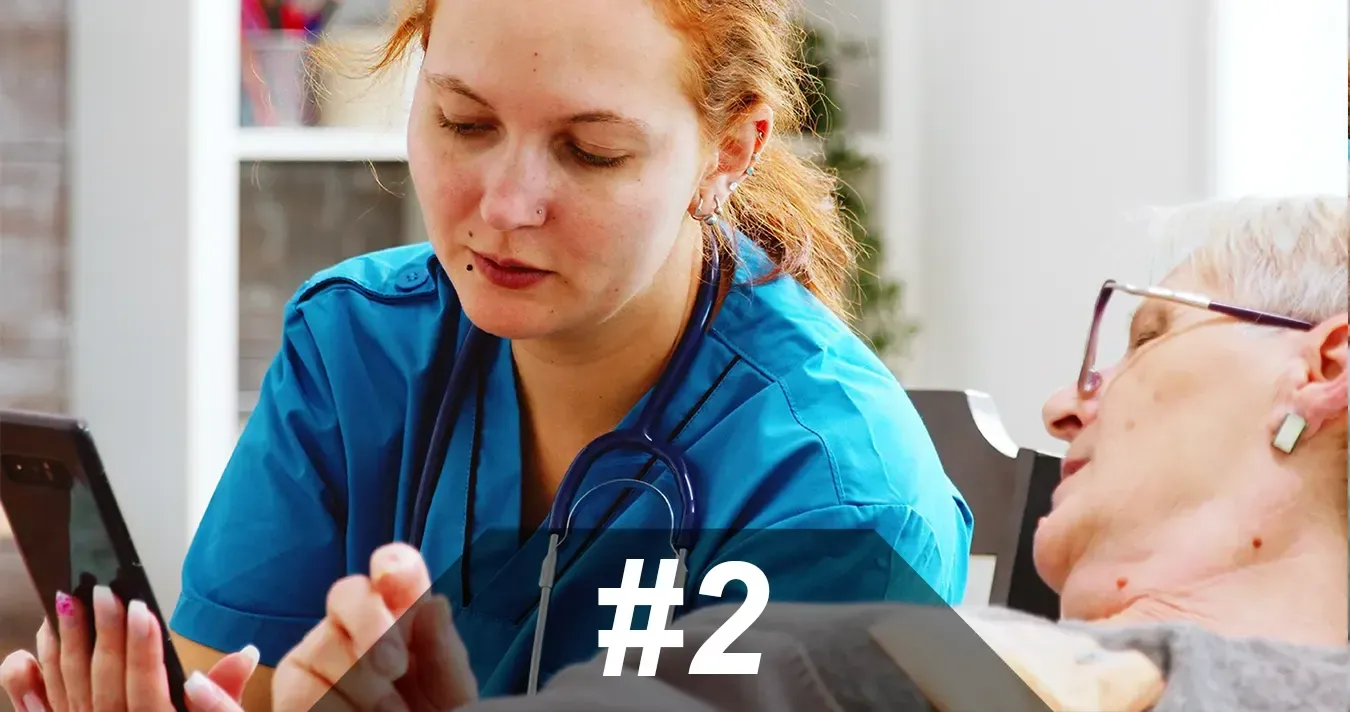Patient education materials are an essential part of healthcare. They communicate to patients about their health and inform providers about their patients’ unmet healthcare needs. Due to the rise in health technologies, digital patient education materials will continue to increase and become more commonplace in healthcare facilities worldwide. Many of these new technologies allow easy-to-navigate health information that empowers patients with knowledge. Although digital patient education materials offer promising benefits to patient outcomes, audiences from diverse walks of life consume information in different ways.

COMMUNICATING TO DIVERSE AUDIENCES
Ensuring that your digital patient education materials are inclusive for all requires a deep understanding of the processes relevant to each audience. It also involves using multiple forms of communication and learning strategies. The AHRQ reports that 12% of U.S. adults have adequate health literacy skills to perform the appropriate actions for their health. Thus, it is important to implement diverse learning techniques when creating digital patient education materials. The best way to communicate health information is by using a universal approach. The AHRQ Health Literacy Universal Precautions Toolkit, 2nd edition, outlines techniques for determining if the material is easy to understand and then provides insight on how to make changes if needed. The toolkit also emphasizes the importance of evaluating understandability before publishing any materials.
EXPLORING READABILITY AND UNDERSTANDABILITY TECHNIQUES
The key to patient education lies in the ability to create universal materials that are easy-to-read and easy-to-understand. Readability can be assessed by various measurements like the Flesch Reading Ease or Flesch Reading Comprehension. Some indicators to determine understandability are the PEMAT, the CDC’s CCI, or the Suitability Assessment of Materials. The issue with relying on readability, especially in the context of audiovisual materials, is that they do not measure understandability. While readability involves sentence structure and word length, understandability encompasses ease in comprehension of the idea. Since some digital patient education materials are converted from written to audiovisual forms, such materials must achieve both scores. In fact, these assessment issues beg the following questions:
- Can the readability of audiovisual materials affect patient understanding?
- What is the relationship between the readability and understandability of digital patient education materials?
- What are other ways to assess patient education materials in the coming age of digitization?
The questions to answer for this will only continue to grow as health technologies’ influence expands wider into patient and provider services. Digital health education companies have a responsibility to answer questions such as this by performing and sponsoring research to explore the possibilities to advance patient care through means of education. In the meantime, patient education companies should make it a priority to create materials that are inclusive, diverse, and easy to understand. As technology continues to infiltrate health care, we must be mindful not just of how our educational practices may impact patients but also of how they may influence providers’ perceptions of their patients.





